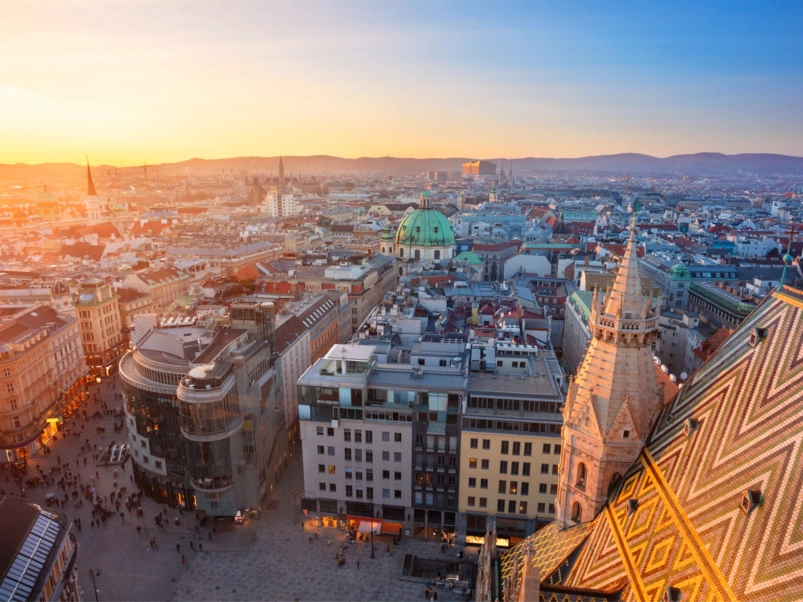
Verbindung
Daniel Bucur says of this sculpture: "Connection is not always a touch; sometimes, it's just a good feeling." The artist aims to direct the viewer's eye to the center. It appears as though the carved oak elements are in contact with each other. However, this touch is elusive; intimacy is derived from the turned and intertwined shaping.
The smooth surface of the inner part is contrasted by the rough texture of the outer form, amplifying its effect. The frame is made of wood with a surface cut with a grinder and then stained red. Crafting the inner part with great care required a considerable amount of time. However, time is not a measure for Daniel Bucur. No matter how long it takes, he works until the emotion he desires emerges. He forgets about time; it is subordinate to the result. It's not the idea but the feeling that determines the form.
Daniel Bucur's immense joy over the completion and his pride in the central heart are palpable. He names his sculpture "Connection."

_285_1_19ebd320ba7a72420f027c57a316e0f3.jpg)
_287_1_dbe616965b12218d3bd26ccefda2250b.jpg)
_293_1_6d5353eb89df495f9366f3dc31767c3f.jpg)